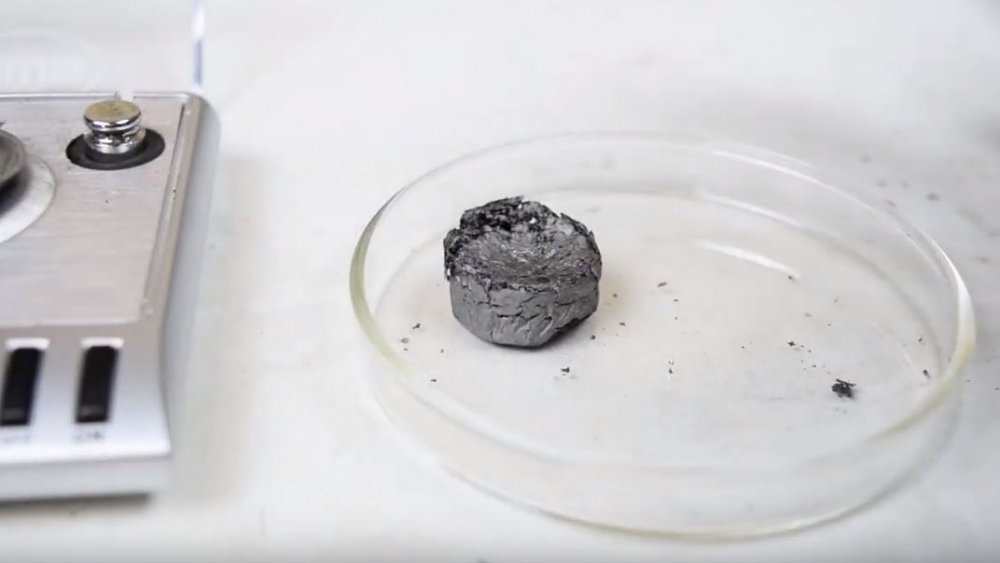What's The Lightest Thing In The World?
If you've ever had to carry a rustic, solid oak desk up three sets of stairs, well... you know the value of light things. Your spine appreciates them, that's for sure.
Of the many, many solid objects on Earth, though, which is the lightest? As you might imagine, determining the lightest substance in the world is a complex question, which involves a lot more work than simply dropping something on a scale. At different times in history, a variety of materials have held the featherweight crown, with one in particular largely determined to be the lightest. Now, understand ahead of time, you won't be able to make furniture out of this stuff — sorry, the aforementioned oaken desk has gotta stay — but the world's lightest material is rather amazing in its own right.
Lighter than air itself
Now, to be clear, defining the "lightest object" on Earth is a bit tricky. First off, it's probably necessary to restrict the object to being a solid (c'mon, now), and the term "lightest" technically means "least dense." Even with those parameters in mind, the contest for world's lightest substance has been something of a war... you know, minus the bloodshed. For a long time, according to Gizmodo, everybody agreed that NASA's super-lightweight silica aerogel was number one. Often dubbed "solid smoke," according to the European Space Agency, aerogel holds a density of 1 milligram per cubic centimeter, so if you ever lose a pair of aerogel earrings, you can pretty much forget about them. In 2011, though, silica aerogel was knocked off its perch by an upstart metal called ultralight metallic microlattice. Cool name, but a short-lived reign at the top: just a few months later, something called "aerographite" nabbed its spot, because it weighs in at just 0.2. milligrams per cubic centimeter. Confused? Okay, if measurements aren't your thing, just know that these things could sit on the head of a dandelion.
Ever since 2013, though, aerogel has swung back into the lead... or, to be specific, graphene aerogel. This substance is, quite literally, lighter than air — in fact, it doesn't have even one-seventh of the density of air. Whoa.
Where do you find this crazy stuff? Well, according to Science Alert, graphene is a two-dimensional layer of carbon atoms, and producing a three-dimensional aerogel out of it means freeze-drying multiple layers of it, and stacking them. Too complicated a recipe? Don't worry, because in 2016, scientists from New York's State University and Kansas State University figured out a way to 3D print it. Thanks to their efforts, according to Phys.org, graphene aerogel has also won the Guinness World Record for the world's most lightweight 3D-printed object. Go, team!

